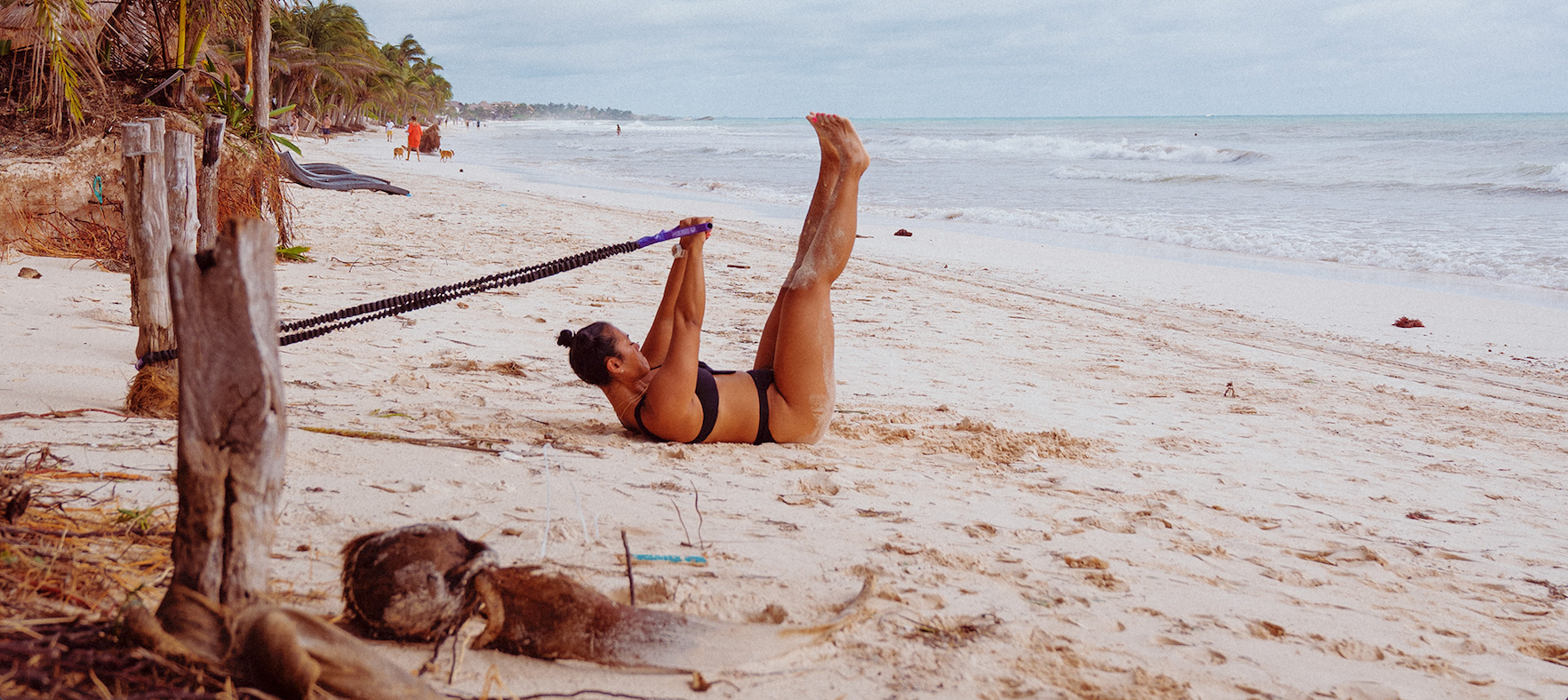The core is the center of everything we do. Core strength matters for simple things like bending down to tie your shoe, doing daily household chores, and even sitting at a computer during the workday.
Core strength is also critical for athletes. For example, the stronger your core is, the more efficiently you’ll be able to switch directions on a tennis court, the further you’ll be able to hit the golf ball, the better you’ll be able to perform a drive block in football, and so on.
Weak core muscles are correlated with fatigue, lowered endurance, poor posture, lower-back pain, and injury. So core strength isn’t just about shredded abs, and it’s also key for proper coordination between your pelvis, lower-back, hips, abdomen, and surrounding muscles.
Here are 5 different core exercises you should be doing, and why they’ll benefit you:
Pallof Press & Pallof Press Variations
One of the main functions of the core is to resist rotation, and the pallof press helps you train your core to learn to resist. Learning to resist rotation is particularly helpful for people who participate in contact and collision sports, for those who need to increase their lumbopelvic stability, or generally for those who suffer from core or lower body pain.
To do this exercise, you’ll need a Handle Resistance Band or a Looped Resistance Band and a Door Anchor. Watch the video below where we run you through how to properly do this exercise.
Cadence: 3 sets of 15 reps in each direction
Medicine Ball Rotational Throw
For sports that use high degrees of rotational strength—like golf, baseball, softball, and tennis—the core also assists in trunk rotation. The medicine ball throw helps athletes keep their core engaged throughout the entirety of the exercise and challenges you to keep your core tight as you move.
For this exercise, you’ll need a medicine ball and a sturdy wall.
Watch the video below to learn how your body should be positioned, and make sure to do this exercise on both sides to prevent muscular asymmetry within your core.
Cadence: 3 sets of 6-8 throws
Hip Rotation Side Medicine Ball Throw from TB12 Sports on Vimeo.
Banded Rotational Press
For athletes whose sports require them to throw the ball (think baseball, basketball, football, etc), try this banded version of the Medicine Ball Rotational exercise. In this exercise, you’ll need a Long Looped Resistance Band attached to a Door Anchor a notch over hip height.
Place your feet shoulder width apart, hold the band with both hands and fully extend your arms. Rotate your arms towards the Door Anchor and then away from the Door Anchor, making a full 180 degree movement. Keep your core engaged so that your lower body does not move. Repeat facing the other direction.
Cadence: 3 sets of 12 reps with each arm
See the move in action below
Band Core Rotation from TB12 Sports on Vimeo.
Plank and Plank Variations
Another function of the core is to resist lower back extension and hypertension so exercises like the plank help you develop upper body stability, core stability, and activate your glute muscles. Planks are a great versatile exercise that typically just require your bodyweight, a workout mat or hard surface, and a couple minutes of your time.
Some tips for planks: spread your fingers wide to make a stable base, widen your shoulders to engage your upper back, neutralize your neck and spine, and make sure your hips and glutes are tucked. Your back should be in a relatively straight line—don’t let it concave or convex.
Regardless of whether you’re a beginner or advanced, try doing a Leg Assisted Side Plank. This is a great exercise to engage your core, activate your glute medius, and work on lateral line stability.
Cadence: 2-3 sets of 20-40 seconds
We get it, planks can get boring. Try mixing up the types of planks you do. We love doing Push Up Planks with Toe Taps. To do this variation, start in a high plank position, lower down to your forearms so that you are in a forearm plank position, extend one foot wide to the side keeping the leg straight, tap your toe to the ground, then bring the leg back to the body. Repeat this on the other foot before lifting yourself back up into a high plank position. Alternate which arm leads each rep.
Deceleration Banded Lunge
Lastly, this exercise will stress your oblique muscles (as well other structures) as you move through a lunge pattern.
In this exercise, you’ll attach your Long Looped Resistance Band to a carabiner at about hip height. Put the band around your waist and step back until you feel a slight amount of resistance pulling you towards the anchor. Starting with your right leg, lunge forward so that your back knee forms a 90 degree angle and barely grazes the floor. Control your motion as you step back slowly by engaging your core. Make sure you aren’t bending forward at the hips.
In this exercise, you’ll engage your core to prevent lateral flexion (bending). It’s a particularly useful move if you’re an athlete in an overhead sport such as tennis, baseball, softball, or olympic lifting.
Cadence: 2 sets of 10-12 reps each leg/arm
Whether you’re looking to increase your stamina and performance in your sport, build a bit more strength, or reduce pain and inflammation in your body, add consistent core movement into your workout routine and you’ll soon reap the benefits.

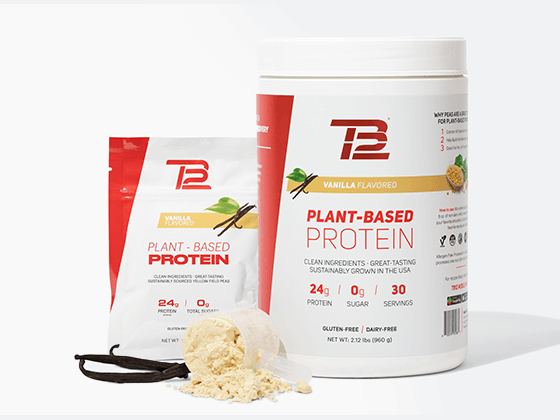
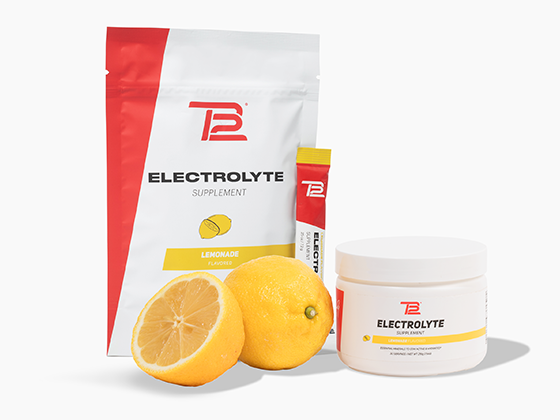
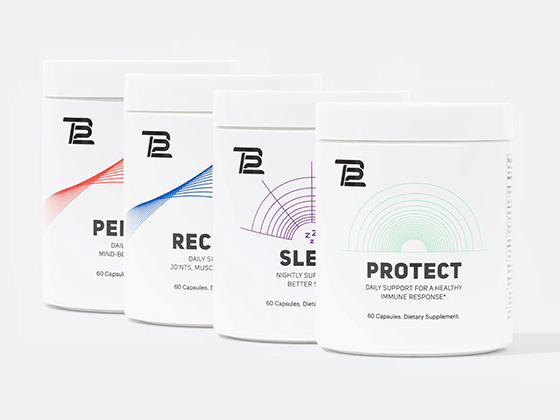
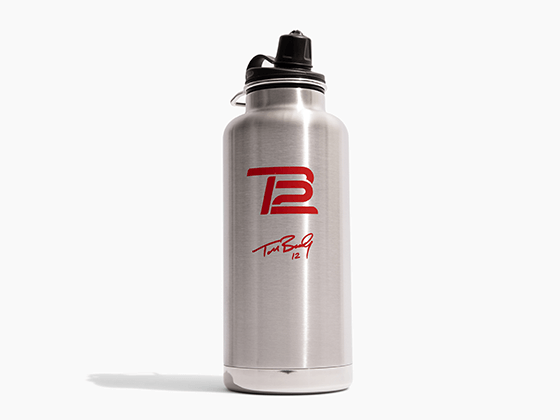
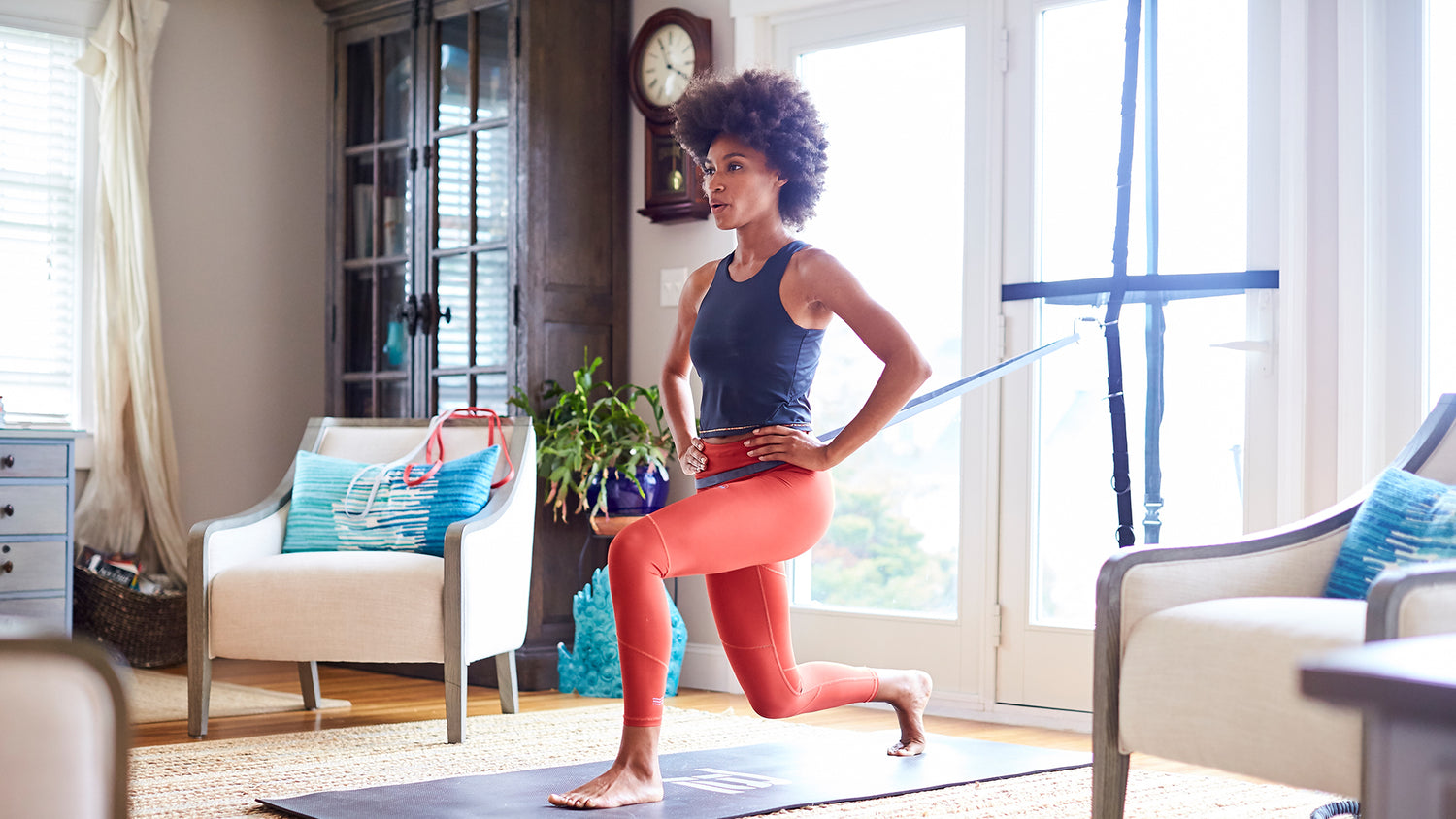
![Build Rotational Power For Golf [And Other Sports]](http://tb12sports.com/cdn/shop/articles/TB12Blog-Golf1.jpg?v=1657655703&width=1920)
